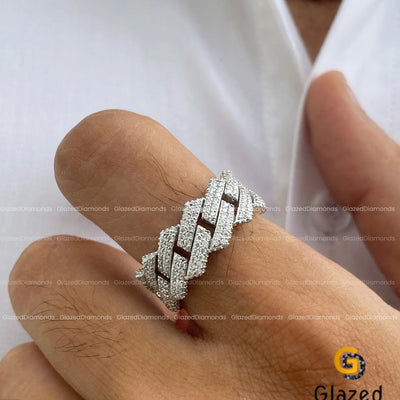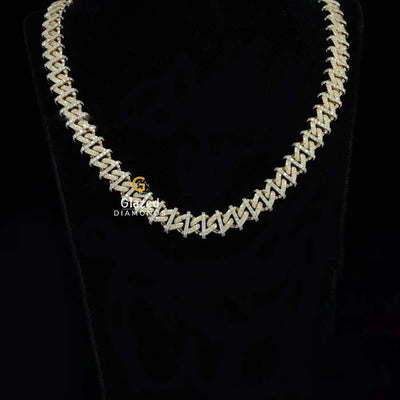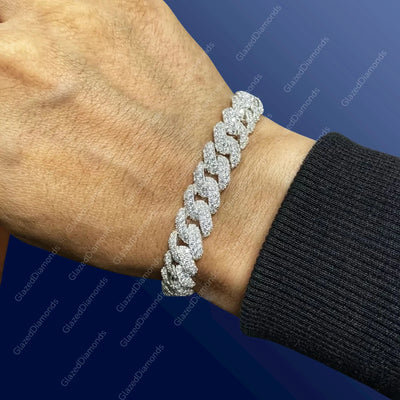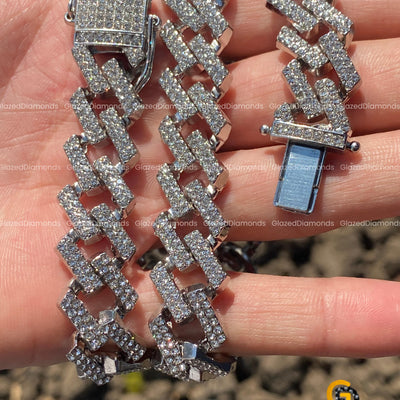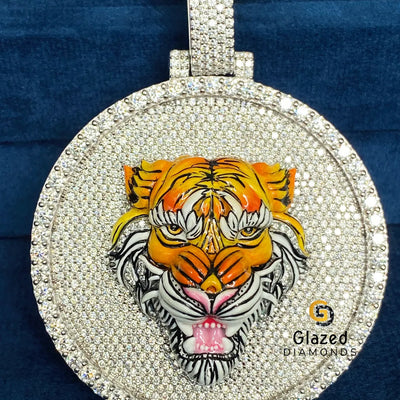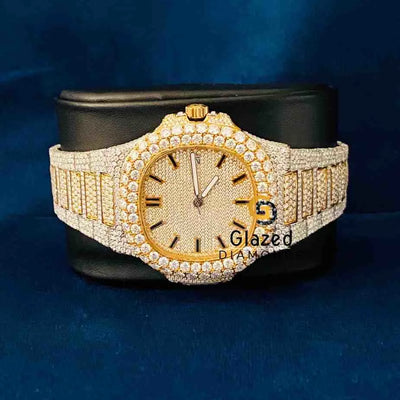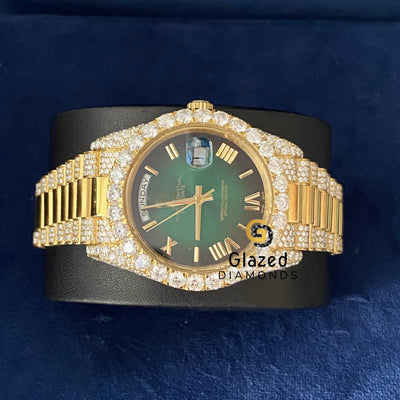In 1893, a French chemist embarked on a quest to find diamonds within a meteorite crater. What he discovered instead would challenge scientific understanding, ignite a decades-long mystery, and ultimately birth one of the most brilliant gemstones known to humanity. This is not merely the story of what is moissanite, but the dramatic narrative of scientific perseverance that brought a celestial mineral to Earth.
The Meteorite That Changed Everything
Picture the Arizona desert in the late 1800s. Moissan, armed with patience and precision, was examining fragments from the Canyon Diablo meteorite crater. His idea was simple: if meteorites contain carbon and impacts create pressure, maybe they could also create diamonds.
For a moment, he thought he had found them — tiny crystals glimmering under his microscope. But as he studied them, something felt off. Their sparkle, their hardness, even their chemical reactions didn’t quite match diamond. What Moissan didn’t know then was that he had stumbled upon something far rarer.
That initial misstep — assuming they were diamonds — became the spark for years of investigation. And that, in a way, is what makes Moissan’s story so human: he didn’t stop at “close enough.”
>The Long Puzzle: What Were These “Space Crystals”?
Back in his Paris lab, Moissan began testing the crystals with everything he had. At first, other scientists accepted his diamond claim without question. But Moissan wasn’t convinced. The crystals resisted identification — too hard for most tests, too strange in their light refraction.
For nearly a decade, he revisited the samples, refining his methods, even doubting his earlier conclusions. Finally, in 1904, the answer clicked: the crystals were silicon carbide (SiC) — a compound nearly unheard of in nature.
It took courage to correct his own work publicly. Many researchers would have left it alone, but Moissan’s integrity wouldn’t allow that. The mineral was later named moissanite, honoring the man who turned a “mistake” into a milestone.
>From Meteorite to Laboratory
Natural moissanite is almost impossibly rare. It’s been found only in meteorites and, in trace amounts, deep within the Earth’s mantle. So, for decades, scientists tried to replicate it — and failed.
Early 20th-century experiments couldn’t match the conditions needed to form silicon carbide crystals. But by the mid-1900s, high-temperature techniques finally worked. That breakthrough opened the door for lab-grown moissanite, marking a shift from cosmic rarity to human creation.
If you think about it, this took half a century — fifty years of gradual progress. It’s easy to forget how much persistence scientific progress really demands.
|
Timeline Period |
Key Development |
Scientific Impact |
|
1893-1904 |
Discovery & Identification |
First natural silicon carbide identified |
|
1905-1950 |
Early Synthesis Attempts |
Development of high-temperature methods |
|
1950s-1990s |
Commercial Synthesis |
Creation of gem-quality moissanite |
Moissan’s Legacy
Henri Moissan wasn’t just the “moissanite guy.” In 1906, he won the Nobel Prize in Chemistry for isolating fluorine — a notoriously dangerous element. That same courage and meticulous technique helped him uncover the true nature of his meteorite crystals.
You can see how one line of research bled into another — his understanding of high-temperature reactions from fluorine experiments likely guided his study of the meteorite. It’s a reminder that breakthroughs often come from unrelated corners of curiosity.
>The Modern Chapter: From Crater Dust to Jewelry Cases
Fast-forward to today. The crystals Moissan once misidentified are now among the most sought-after lab-grown gemstones. And the irony? They often outshine the diamonds he was searching for.
Here’s what makes modern moissanite so remarkable:
-
More brilliance: It bends light more strongly than diamond (refractive index 2.64–2.69 vs. 2.42).
-
More fire: It disperses light into twice the spectral colors of diamond.
-
Durability: At 9.25 on the Mohs scale, it’s nearly as hard as diamond — tough enough for daily wear.
-
Ethical and sustainable: No mining. Minimal environmental impact.
Since the late 1990s, moissanite’s market has grown rapidly — more than 15% annually in recent years. But numbers only tell part of the story. It’s really about how people’s values have shifted. More buyers care about sustainability and transparency now, and moissanite fits perfectly into that world.
>From Mistake to Masterpiece
Henri Moissan never set out to create a new gemstone. He was chasing one mystery and accidentally uncovered another. Yet his persistence turned a misjudgment into a legacy — and, strangely enough, into one of the most brilliant gems on Earth.
You could say moissanite’s story mirrors science itself: a mix of curiosity, humility, and the courage to admit when you’re wrong — all leading to something unexpectedly beautiful.
>




